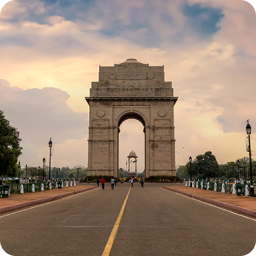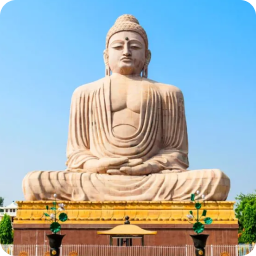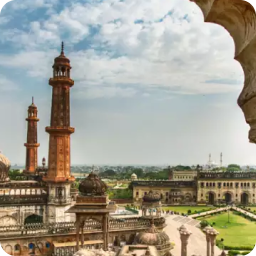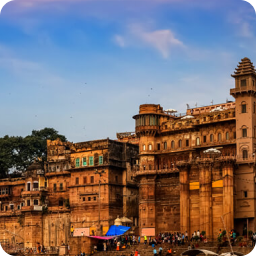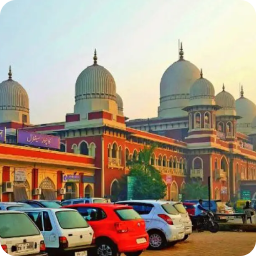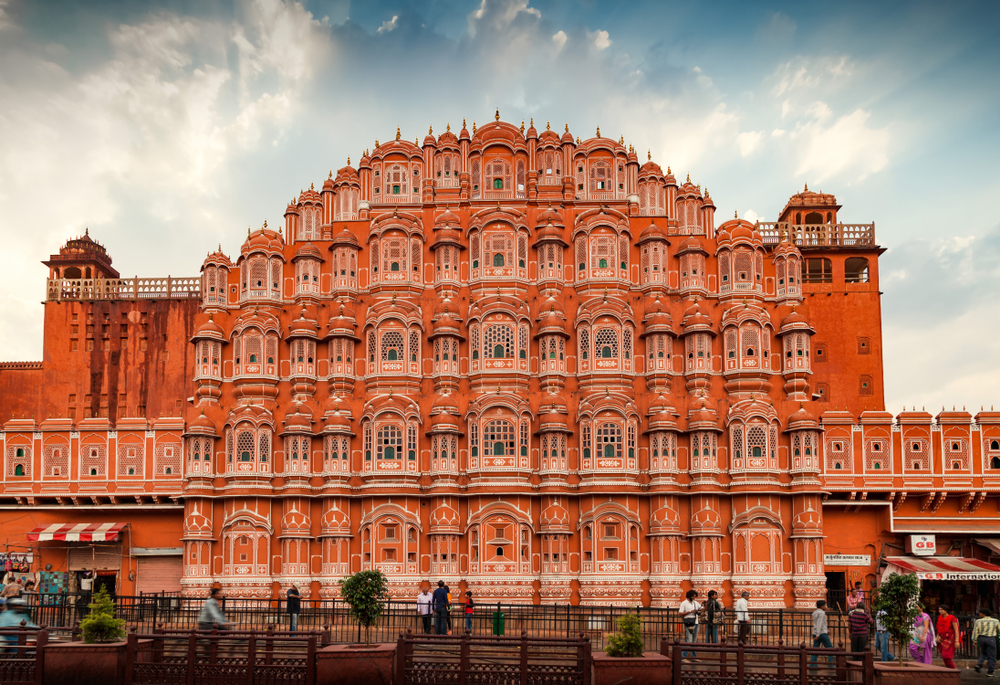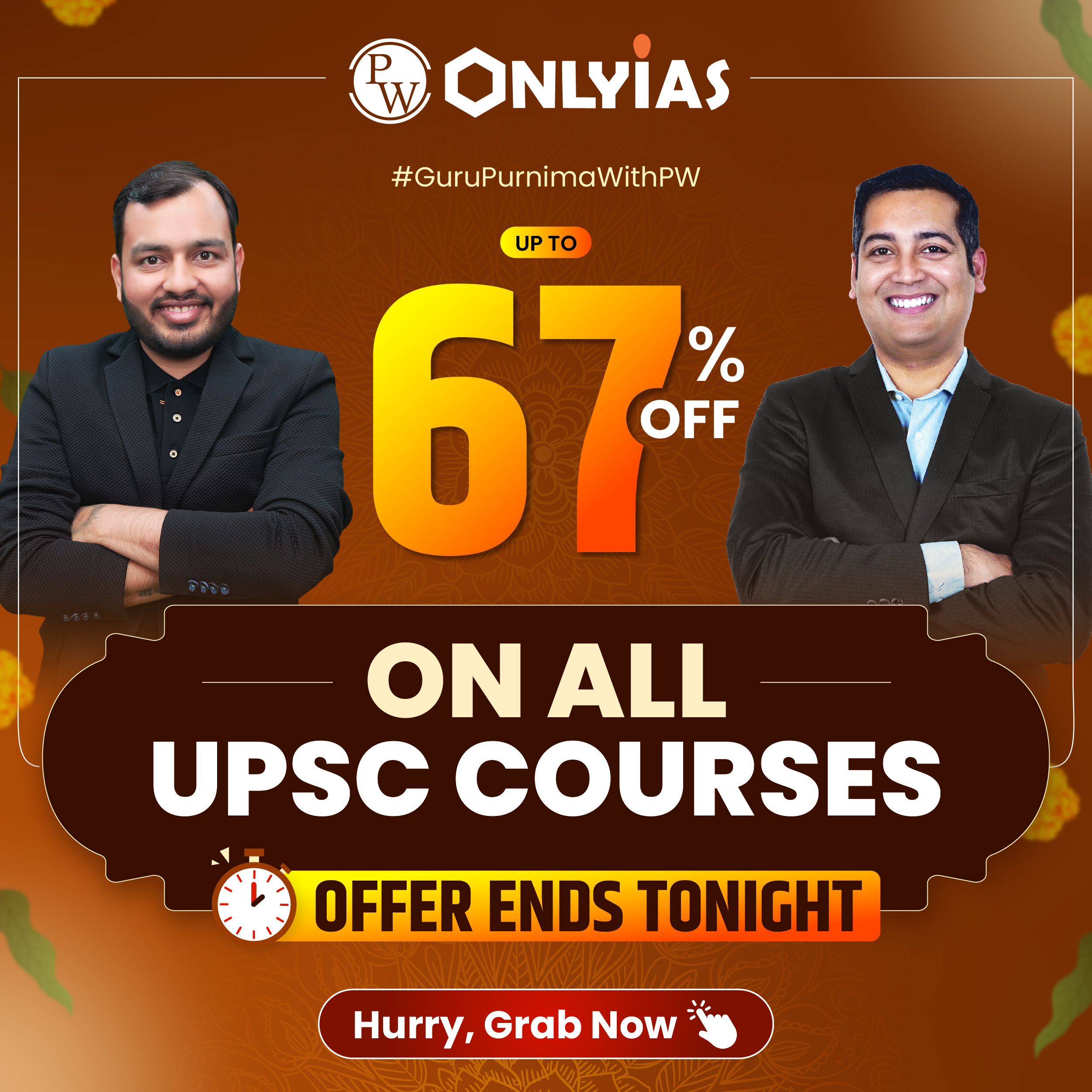|
VIJAYANAGARA EMPIRE: RISE, RULE, AND CULTURAL SIGNIFICANCE (1336-1646 AD) |
ABOUT VIJAYANAGARA EMPIRE
- It was founded in 1336 by Harihara and Bukka (with the blessings of Guru Vidyaranya) of the Sangama dynasty who originally served under the Kakatiya rulers of Warangal.
- They later proclaimed their independence and founded a new city on the south bank of the Tungabhadra River named it “Vijayanagar” (City of Victory)
- Early Vijayanagar rulers were followers of Shaivism. Virupaksha was their family God. Later they came under the influence of Vaishnavism. However, Siva continued to be worshiped.
- There was constant conflict between Vijayanagar Empire and Bahamani kingdom over Raichur doab (fertile region between Krishna and Tungabhadra), Tungabhadra doab (fertile areas of Krishna-Godavari delta) & Marathwada.
- In the south its main rivals were the Sultans of Madurai.
- During the reign of Rama Raya, the combined forces of Bijapur, Ahmednagar, Golkonda and Bidar defeated him at the Battle of Talaikotta in 1565 which marked an end of the Vijayanagar Empire.
- The last ruler of Vijayanagar was Sri Ranga III
POLITICAL HISTORY OF THE VIJAYANAGARA EMPIRE
| DYNASTY | DESCRIPTION ABOUT VIJAYANAGARA EMPIRE |
| Sangama
(1336-1485) |
Sangama was the first dynasty to rule over the Vijayanagara empire. The founders of the empire, Harihar I and Bukka belonged to this dynasty. It ruled from 1334 AD to 1485 AD. |
| Saluva
(1485-1505) |
The Saluva dynasty, founded by Narasimha, succeeded the Sangama dynasty as the second dynasty of the empire. It ruled from 1485 to 1505 AD. They ruled over almost the whole of South India. |
| Tuluva
(1505-1570) |
Tuluva, founded by Vir Narsimha, was the third dynasty, which ruled Vijayanagar Empire. It ruled from the Tuluva dynasty. The most famous king of Vijayanagar Empire, Krishna Deva Raya belonged to this dynasty. It ruled from 1491 AD to 1570 AD. |
| Aravidu
(1570-1650) |
Aravidu, founded by Tirumala, was the fourth and last Hindu dynasty to rule Vijayanagar kingdom in South India. |
IMPORTANT RULERS OF VIJAYANAGARA EMPIRE
| Proudhadevaraya (Devaraya II) |
|
| Krishna Devaraya (1509-1529 AD)
|
|
| “ASHTADIGGAJAS” of Krishna Devaraya
|
A group of eight scholars adorned Krishnadevaraya’s court and they were:
1. Allasani Peddanna – the author of Manucharitram, he was also known as Andhra Kavitapitamaha 2. Nandi Thimmana – the author of Parijathapaharanam 3. Madayagari Mallana 4. Dhurjati 5. Ayyalaraju Ramabhadrudu 6. Pingali Surana 7. RamarajaBhushana 8. Tenali Ramakrishna |
ADMINISTRATION OF VIJAYANAGARA EMPIRE
- The king enjoyed absolute authority in executive, judicial & legislative matters.
- The succession to the throne was hereditary.
- Administrative units divided as: Mandalams, Nadus, Sthalas and finally into Gramas.
- Mandaleshwar or Nayaka was the governor of Mandalam.
- He had considerable autonomy- had the right to issue coins of small denominations & right to impose new tax or remit old ones.
- Sources of income: land revenue, tributes, and gifts from vassals and feudal chiefs, customs at ports, & taxes on various professions.
- The army consisted of cavalry, infantry, artillery and elephants.
- Nayankar System – The top-grade officers of the army were known as Nayaks/Poligars.
- They were granted land in lieu of their services which were called Amaram.
- Manyams were tax free lands.
- A body of 12 functionaries known as Ayangars, conducted village affairs.
SOCIAL LIFE OF VIJAYANAGARA KINGDOM
- The Sangama rulers were chiefly Saivaites and Virupaksha was their family deity.
- The chief gold coin was the varaha or pagoda. The Perta was half a Varaha. Fanam was one tenth a pertha.
- Tar was a silver coin. Jittal was a copper coin.
- The chief items of export were cotton, silk, spices, rice, saltpeter and sugar.
- The imports consisted of horses, pearls, copper, coral etc.
- The art of shipbuilding had developed.
POSITION OF WOMEN:
- Women occupied a high position and took an active part in the political, social and literary life of the empire.
- Women even went to battles.
- It was the only empire in Medieval India which employed women in state services.
- Widow remarriage was promoted.
ARCHITECTURE OF THE VIJAYANAGARA EMPIRE
- The chief characteristics of the Vijayanagara architecture were the construction of tall Raya Gopurams or gateways and the Kalyanamandapam with carved pillars in the temple premises.
- The sculptures on the pillars were carved with distinctive features.
- The horse was the most common animal found in these pillars.
- The most important temples built: Vittalaswamy and Hazara Ramaswamy temples, the Stone chariot at Hampi.
- The Varadharaja and Ekambaranatha temples at Kanchipuram.
- Different languages such as Sanskrit, Telugu, Kannada and Tamil flourished in the regions.
LIST OF FOREIGN TRAVELERS VISITED VIJAYANAGARA:
| NAME OF TRAVELERS | FROM | VIJAYANAGARA-RULER |
| Abu Abdullah/lbn Batuta (Book: Rihla) | Morocco | Harihara I |
| Nicolo de Conti | Italy | Devaraya-II |
| Abdur Razzaq | Persia | Devaraya-II |
| Athanasius Nikitin | Russia | Virupaksha Raya II |
| Ludvico de Vorthema | Italy | Krishna Deva Raya |
| Duarte Barbosa | Portugal | Krishna Deva Raya |
| Dominigo Paes | Portugal | Krishna Deva Raya |
| Fernao Nuniz | Portugal | Achyuta Deva Raya |
| Marco Polo | Venice | — |
Also Read: Bahmani Kingdom (C.1347- 1525 CE): Rise, Conflict, and Splintering Realms in Medieval Deccan






